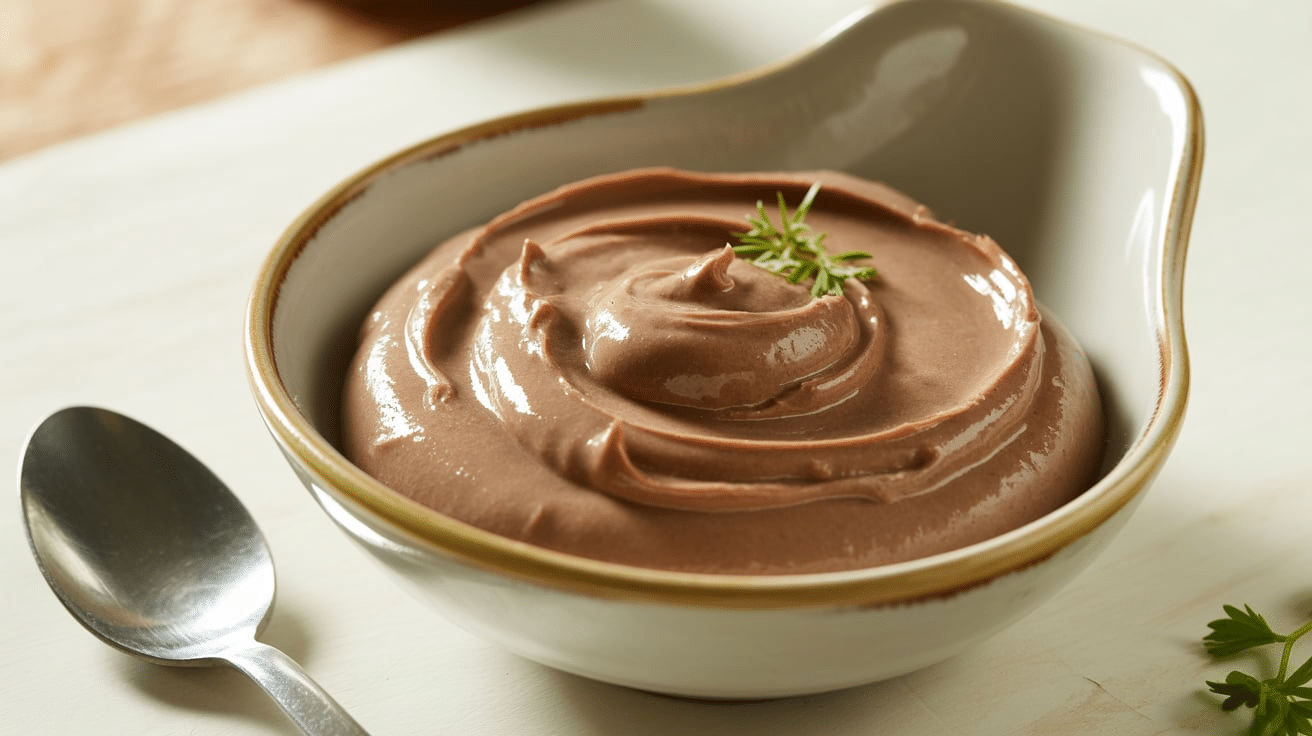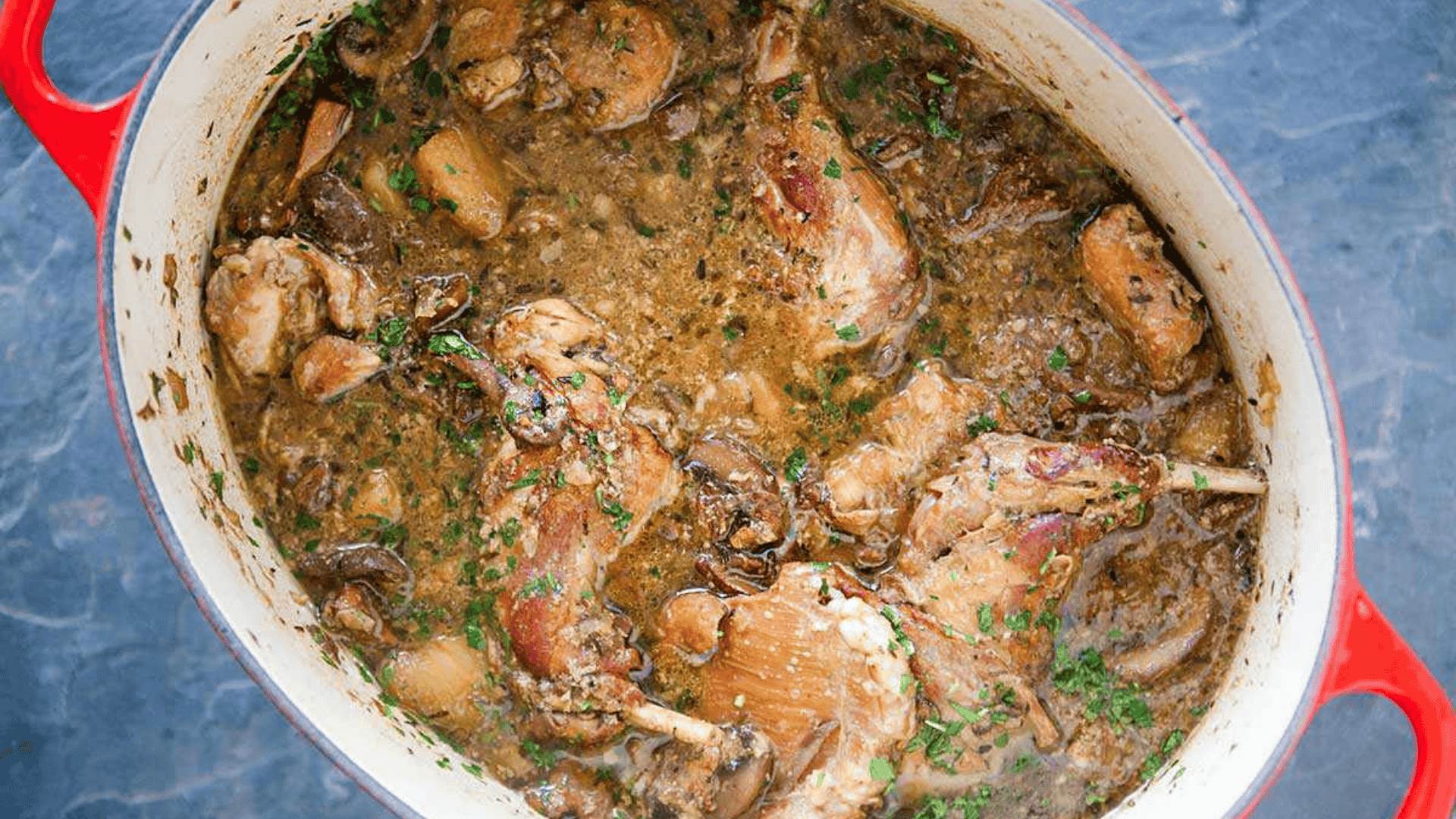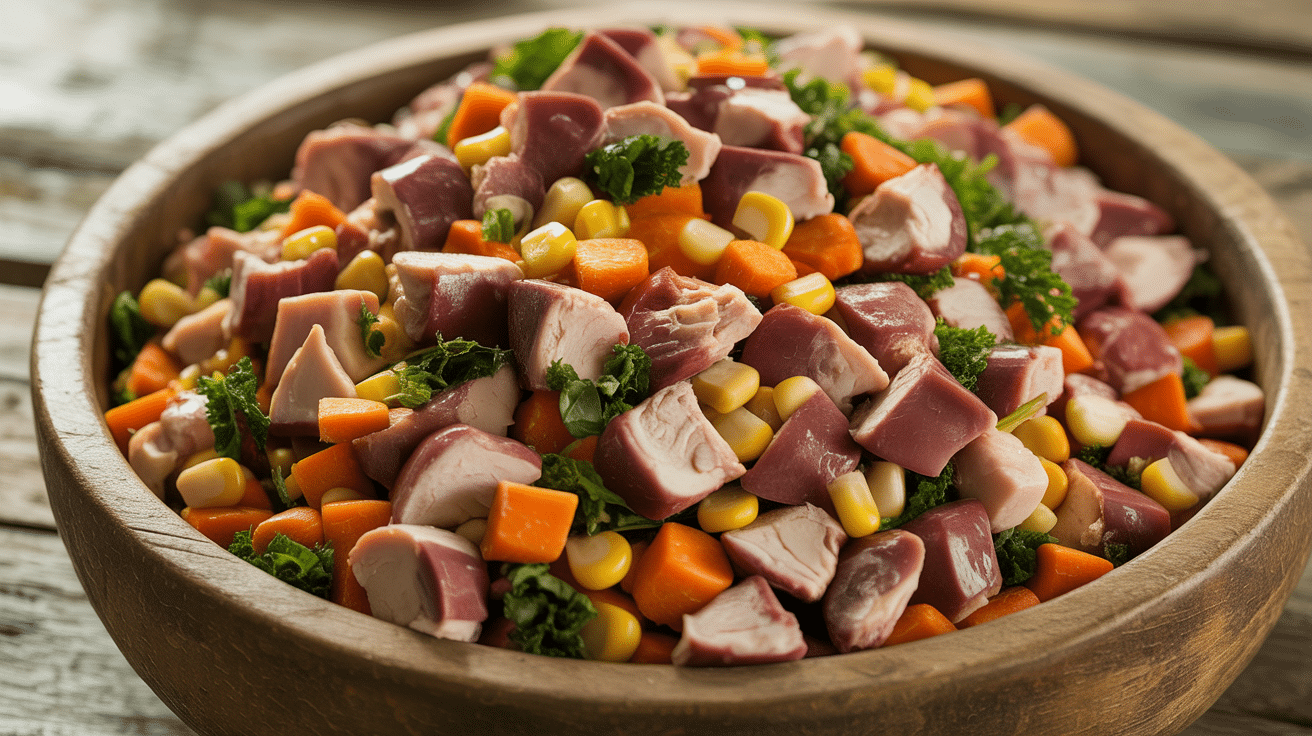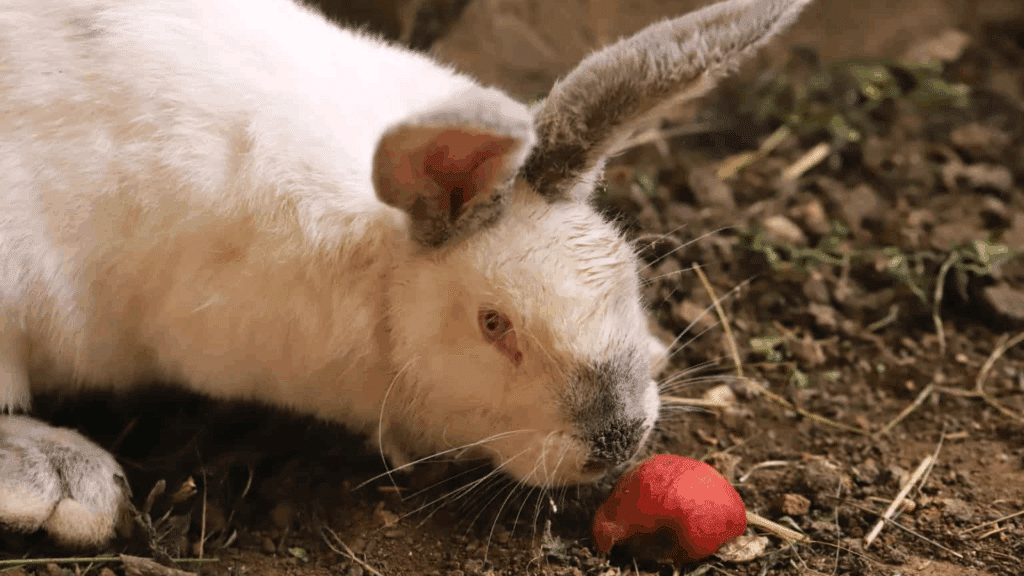If you’ve ever wondered what’s really in your cat’s food, you’re not alone. Many cat owners are turning to homemade meals as a healthier, safer alternative to commercial kibble and canned foods.
Homemade food gives you control over ingredients, using fresh meats, safe veggies, and supplements without fillers or additives.
Not only does this give your cat cleaner, more natural nutrition, but it also lets you adapt meals to their unique needs, whether they’re a growing kitten, a picky eater, or a senior cat who needs extra care.
In this guide, I’ll walk you through the basics of homemade cat food, from essential nutrients to tasty recipes, plus helpful tips for transitioning your cat safely.
With the right knowledge, feeding your cat homemade food can be both fun and rewarding.
Why Make Homemade Cat Food?
Making homemade cat food gives you control over what goes into your pet’s bowl and helps support better health.
When you cook for your cat, you can use fresh meats, safe vegetables, and natural supplements, ensuring a balanced diet free from fillers or artificial additives.
Store-bought foods often include preservatives that may not suit every cat, especially those with allergies or sensitive stomachs.
Preparing meals at home also lets you tailor recipes to your cat’s age, preferences, and health needs.
You can make softer foods for older cats or adjust protein levels for active ones.
With homemade food, you know exactly what your cat eats, making meals safer, healthier, and helping you bond through personal care and nutrition.
Easy Homemade Cat Food Recipes
Making homemade cat food can be fun and rewarding. These recipes are balanced, nutritious, and designed to please your cat’s taste buds while providing essential nutrients.
1. Chicken and Pumpkin Delight

Cook boneless chicken until tender and shred it into small, bite-sized pieces. Steam pumpkin until soft, then mash it and mix it with the chicken.
Add a pinch of taurine and a few drops of fish oil to support your cat’s heart and coat health.
Let the mixture cool to room temperature before serving.
This meal is rich in protein, fiber, and key nutrients, making it a wholesome choice for daily feeding that supports digestion and overall wellness.
2. Turkey and Carrot Mash

Boil lean turkey meat until fully cooked and chop it into fine pieces. Steam or boil carrots until tender, then mash them lightly.
Mix the turkey and carrots together and add a calcium supplement for bone strength. Once cooled, serve it fresh to your cat.
This gentle, easy-to-digest recipe provides essential protein, vitamins, and minerals that promote strong muscles, healthy vision, and better energy levels, ideal for everyday meals or sensitive stomachs.
3. Salmon and Sweet Potato Blend

Bake or steam fresh salmon, remove all bones, and flake it into small portions. Cook the sweet potato until soft and mash thoroughly before combining with the salmon.
Add taurine and fish oil to support heart, skin, and eye health. Let it cool slightly before serving.
This omega-rich meal is full of protein and nutrients that enhance your cat’s coat shine, boost immunity, and keep energy levels high, making it perfect for active or aging cats alike.
4. Beef and Zucchini Mix

Cook lean ground beef in a skillet until fully browned, draining any excess fat. Steam or lightly sauté zucchini, then chop it finely and mix with the cooked beef.
Add a small calcium supplement to help maintain bone strength and joint health. Allow the mixture to cool before serving.
This recipe is high in protein and supports muscle growth, energy, and digestion, making it an excellent meal option for cats that need hearty, balanced nutrition.
5. Chicken Liver Pâté

Sauté chicken liver until fully cooked and safe for your cat to eat. Steam carrots and mash them finely, then blend them with the cooked liver for a smooth texture.
Mix in taurine to support your cat’s heart and eye health. Let the pâté cool to room temperature before serving.
This nutrient-dense and flavorful recipe provides iron, vitamins, and amino acids, making it ideal for cats that love rich, soft, and easily digestible meals.
6. Tuna and Spinach Treat

Cook fresh tuna or drain canned tuna and flake it into small pieces. Steam spinach lightly, chop it finely, and mix with the tuna.
Add a cooked egg yolk for an extra protein boost and improved coat health.
Serve the mixture warm or at room temperature.
This recipe provides omega-3 fatty acids, vitamins, and protein that help maintain a shiny coat, strong muscles, and overall vitality, making it a simple yet nutritious treat.
7. Turkey and Pumpkin Stew

Simmer lean turkey pieces and pumpkin together until soft and fully cooked. Lightly blend for a smoother texture and add taurine for heart and vision support. Let the stew cool to a safe temperature before serving.
This hearty, fiber-rich recipe is easy to digest and packed with nutrients that promote a healthy coat and a strong immune system.
It’s suitable for cats of all ages, including kittens and seniors who prefer soft, flavorful meals.
8. Chicken and Egg Scramble

Cook diced chicken breast thoroughly, then scramble an egg and mix them together. Add finely chopped carrots for extra vitamins and fiber.
Stir well and allow the food to cool before serving. This protein-rich, energy-boosting recipe supports muscle development, healthy skin, and strong bones.
It’s an easy and tasty meal that most cats enjoy, making it a great choice for busy pet owners who want simple, homemade nutrition.
9. Sardine and Sweet Potato Mash

Mash the cooked sweet potato until smooth and free of lumps. Drain canned sardines, flake them, and mix with the sweet potato.
Add a small amount of fish oil to increase omega-3 fatty acids for skin and coat health. Serve at room temperature.
This nutrient-packed meal offers the perfect blend of protein, fiber, and healthy fats, supporting your cat’s digestion, shiny coat, and energy throughout the day.
10. Rabbit and Carrot Stew

Slow-cook rabbit meat until soft and tender, removing any bones. Steam or boil carrots until easy to mash, then mix them into the rabbit.
Add taurine for heart and vision support. Serve warm or at room temperature.
This lean, protein-rich recipe is gentle on sensitive stomachs and provides essential amino acids for strong muscles and healthy organs, making it perfect for cats with dietary restrictions or food allergies.
11. Chicken Heart and Veggie Mix

Boil chicken hearts thoroughly until fully cooked. Steam green beans and carrots, then chop them finely and mix with the hearts. Add a calcium supplement for bone health and allow the mixture to cool before serving.
This high-protein, nutrient-dense meal supports muscle growth, heart health, and digestion.
It’s a great way to give your cat variety in texture and taste while ensuring complete, balanced nutrition in every serving.
Essential Nutrients for Cats
Cats need a variety of nutrients to stay healthy and happy. Understanding what to include-and what to avoid-can help you provide a balanced diet for your furry friend.
| Nutrient Type | Key Details & Examples |
|---|---|
| Proteins | Essential for muscles and overall health. Found in chicken, fish, and eggs. |
| Fats | Provide energy and support skin and coat health. Examples: fish oil, chicken fat. |
| Carbohydrates | Small amounts of energy; sources include rice or pumpkin. |
| Vitamins & Minerals | Important for overall health. Examples: taurine (heart & eye health), calcium (bones & teeth). |
| Foods to Avoid | Harmful foods include onions, garlic, chocolate, grapes, and alcohol. |
By including the right nutrients and avoiding dangerous foods, you can help your cat live a long, healthy, and happy life.
Common Ingredients Used in Homemade Cat Food
Making your own cat food means you can choose healthy, fresh ingredients that your cat will love. Using the right mix helps provide balanced nutrition and keeps your cat happy and healthy.
- Meats: Chicken, turkey, beef, and rabbit are great sources of protein and essential nutrients.
- Fish: Salmon, sardines, and tuna offer protein and omega-3 fatty acids for a healthy coat and skin.
- Vegetables & Fruits: Small amounts of cat-safe vegetables like pumpkin or carrots can add fiber; some fruits like blueberries can be included in moderation.
- Supplements: Taurine, fish oil, and calcium are often added to ensure all nutritional needs are met.
Choosing these ingredients carefully helps you make meals that are safe, nutritious, and tasty for your cat.
Tips for Transitioning Your Cat to Homemade Food
Switching your cat to homemade meals should be done with care. Cats can be picky eaters, and sudden changes may upset their stomachs.
These are some simple steps to make the transition smooth and safe.
- Gradual Introduction: Start by mixing a small amount of homemade food with your cat’s regular diet. Slowly increase the portion over 7–10 days.
- Monitor Digestion and Energy: Keep an eye on stool consistency, appetite, and energy levels. Any major changes may mean adjustments are needed.
- Consult a Veterinarian: Always check with your vet to ensure the meals provide complete nutrition, especially vital nutrients like taurine and calcium.
With patience and care, your cat can enjoy a healthier, homemade diet.
Conclusion
Making homemade cat food is a wonderful way to take charge of your cat’s health and happiness. By using fresh ingredients, you know exactly what goes into each meal-no hidden fillers, no artificial additives.
You can also tailor recipes to your cat’s age, tastes, and health needs, giving them a diet that’s both nutritious and enjoyable.
The recipes I’ve shared are a great place to start, whether your cat prefers chicken, fish, or a mix of flavors. Don’t be afraid to experiment and see what your furry friend enjoys most!
Every cat is different, so always check with your veterinarian to ensure your homemade meals meet their nutritional needs.
With the right approach, mealtime can become healthier, safer, and more special for your cat.








